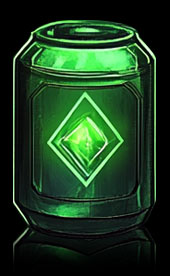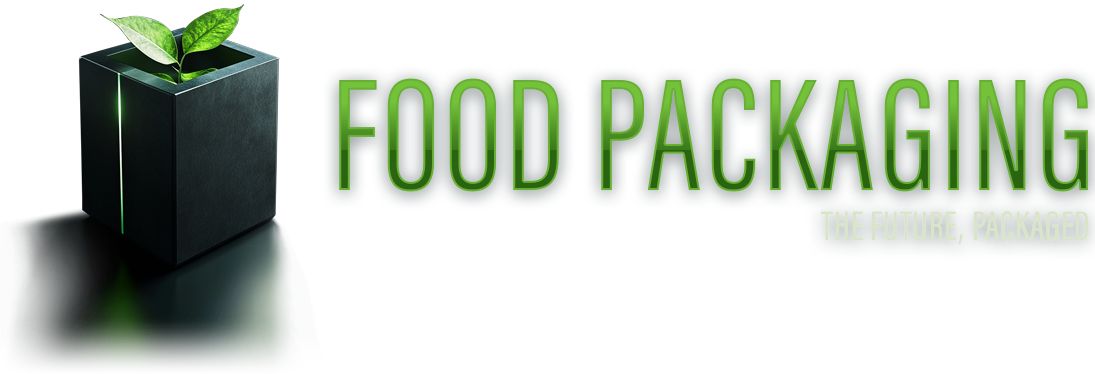Discover the Future of Food Packaging!
The food packaging industry is essential to the modern food supply chain, safeguarding products from contamination, spoilage, and waste while preserving quality, and with futuristic advances in technology, it is set to enhance these functions with smarter, more sustainable materials and methods.
Types of Food Packaging
PLASTIC
Plastic is a versatile and widely used material for food packaging. It comes in various forms such as polyethylene, polypropylene, and PET (polyethylene terephthalate).

GLASS
Glass is a popular material for food packaging due to its non-reactive nature, which helps preserve the taste and quality of the food. It is impermeable, preventing contamination and maintaining the freshness of the contents.

METAL
Metal packaging, commonly using materials like aluminum and steel, is widely used for preserving food due to its durability and excellent barrier properties against light, oxygen, and moisture.

PAPER/CARDBOARD
Paper and cardboard packaging are popular choices for food packaging due to their lightweight, cost-effectiveness, and recyclability.
Smart Innovative Packaging
Smart packaging integrates technology to enhance the functionality of packaging, such as extending shelf life, monitoring freshness, and improving safety and convenience. It includes features like QR codes for product information, sensors to detect spoilage, and RFID tags for inventory management.
Active Packaging
Active packaging involves incorporating components that interact with the contents to enhance product preservation and extend shelf life. This can include oxygen scavengers, moisture absorbers, and antimicrobial agents to maintain food quality and safety.

Future Trends and Challenges
The future of the food packaging industry is shaped by ongoing trends and emerging challenges. Trends such as personalization, where packaging is tailored to individual consumer preferences, and the integration of digital technologies for traceability and transparency are gaining momentum.
Personization
Peronization in food packaging is revolutionizing the industry by offering tailored solutions that meet individual consumer preferences, enhancing personalization and engagement.
Digital Technologies
The integration of digital technologies in food packaging allows for smarter, more interactive solutions that improve product traceability, quality control, and consumer experience.
Population Growth
As population growth accelerates, the food packaging industry faces the challenge of balancing cost-effectiveness with sustainability while adapting to the evolving demands of eco-conscious consumers.
Food Packaging Certifications
Food packaging certifications in the U.S. and worldwide play a critical role in ensuring safety, quality, and sustainability in the industry. In the U.S., certifications such as the FDA (Food and Drug Administration) and USDA (United States Department of Agriculture) regulate food packaging materials, ensuring they meet safety standards. Globally, certifications like ISO 22000 (International Organization for Standardization) and HACCP (Hazard Analysis Critical Control Point) are widely recognized for promoting food safety and management systems. Additionally, eco-friendly certifications such as FSC (Forest Stewardship Council) and BPI (Biodegradable Products Institute) emphasize sustainable packaging practices, helping companies meet growing consumer demand for environmentally responsible solutions. These certifications are essential for global compliance, market access, and consumer trust in the food packaging industry.

